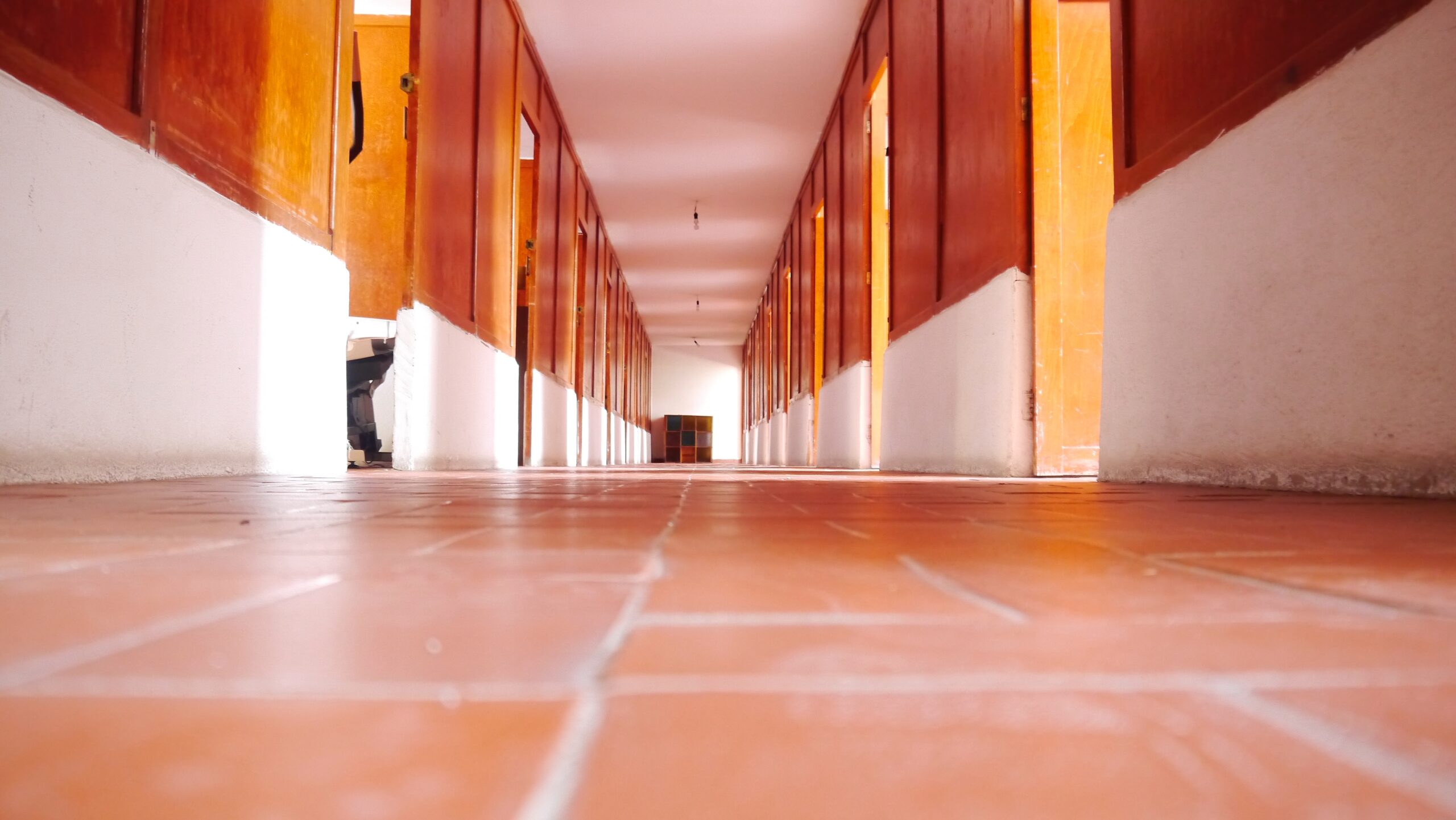Introduction:
Vinyl floors have become a popular choice among homeowners due to their durability, versatility, and easy maintenance. Whether you are a seasoned DIY enthusiast or a novice homeowner looking for a cost-effective flooring option, mastering vinyl floor installation is essential. In this article, we will guide you through the step-by-step process of vinyl floor installation to help you achieve professional-looking results.
I. Preparing for Vinyl Floor Installation:
Before diving into the installation process, adequate preparation is crucial. By following these steps, you can ensure a smooth and successful vinyl floor installation.
1. Measuring the Area:
Accurate measurements are key to estimating the amount of vinyl flooring required. Measure the length and width of the room and calculate the square footage. This will help you in purchasing the right amount of flooring material.
2. Acclimating the Vinyl Flooring:
Allow the vinyl flooring to acclimate to the room’s temperature and humidity levels. This step ensures that the flooring material adjusts and minimizes any potential issues during installation.
II.vinyl floor installation Tools:
To achieve a professional finish, you’ll need the following tools:
1. Utility Knife:
A sharp utility knife is essential for cutting the vinyl flooring precisely.
2. Tape Measure:
Accurate measurements are crucial, and a tape measure helps with that.
3. Floor Roller:
A floor roller is used to firmly secure the vinyl flooring to the subfloor, ensuring a smooth and flat surface.
III. Installing Vinyl Flooring:
Now that you have prepared and gathered the necessary tools, it’s time to move on to the installation process.
1. Preparing the Subfloor:
Ensure that the subfloor is clean, smooth, and free from any debris. Any imperfections should be repaired and the surface leveled.
2. Applying Underlayment:
Depending on the type of vinyl flooring, an underlayment may be required. Follow the manufacturer’s instructions to install the underlayment properly.
3. Cutting the Vinyl Flooring:
Use your measurements to cut the vinyl flooring accordingly. Leave a small gap around the edges to accommodate expansion.
4. Applying Adhesive:
Apply a recommended adhesive to the subfloor using a trowel. Follow the manufacturer’s guidelines for adhesive application and drying time.
5. Vinyl Floor Installation:
Lay the cut vinyl flooring onto the adhesive, ensuring proper alignment. Use a floor roller to press the flooring firmly onto the adhesive and remove any air bubbles.
IV. Vinyl Floor Installation Tips:
To achieve the best results, consider the following tips during the installation process:
1. Organize and Plan:
Lay out the vinyl flooring in the desired pattern before applying the adhesive. This step helps you visualize the final look and ensures a smooth installation.
2. Take Care of Seams:
To achieve seamless vinyl floor installation, carefully align the seams. Use a seam roller to flatten and secure the edges, ensuring they are virtually invisible.
3. Maintain Proper Ventilation:
Adequate ventilation during the adhesive application and drying process is essential for a successful vinyl floor installation. Open windows or use fans to ensure good airflow.
Conclusion:
Mastering the art of vinyl floor installation is a valuable skill that can enhance the aesthetic appeal and functionality of any space. By following our comprehensive guide, you can confidently achieve professional-looking results. Remember to measure accurately, prepare the subfloor meticulously, and adhere to the manufacturer’s guidelines. Whether you choose to embark on a DIY project or hire a professional, vinyl floor installation is an investment that adds beauty and value to your home.
[Hyperlinked text: vinyl floor installation]
Please consult Gaia Floor’s official website, [vinyl floor installation] for more information on vinyl floor installation and to explore their wide range of vinyl flooring options. Their expertise and quality products can assist you in achieving the vinyl floor of your dreams.
